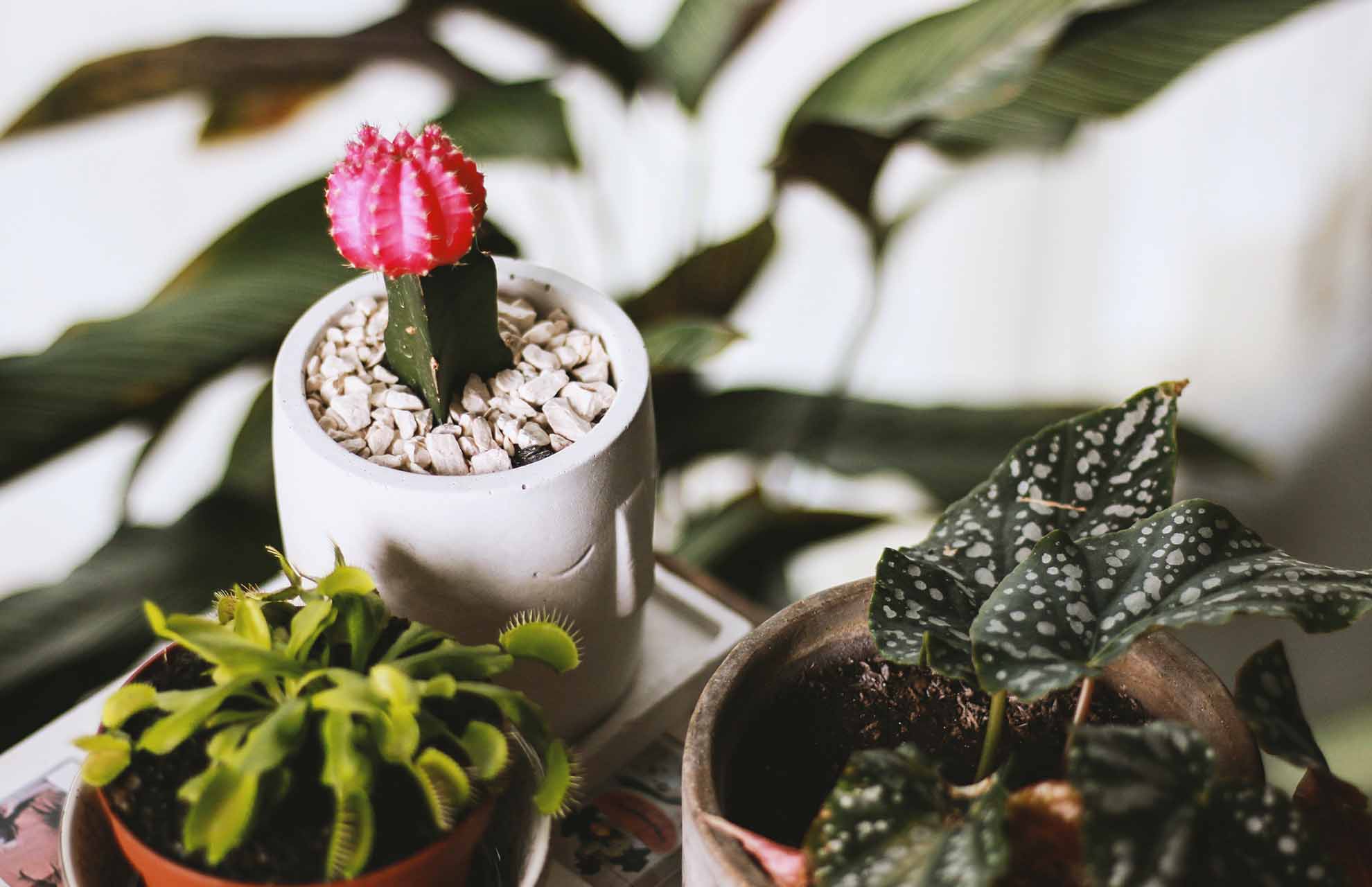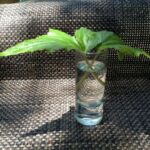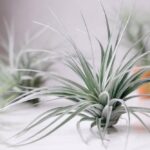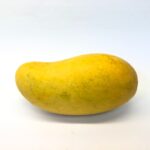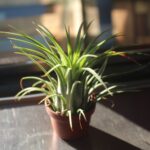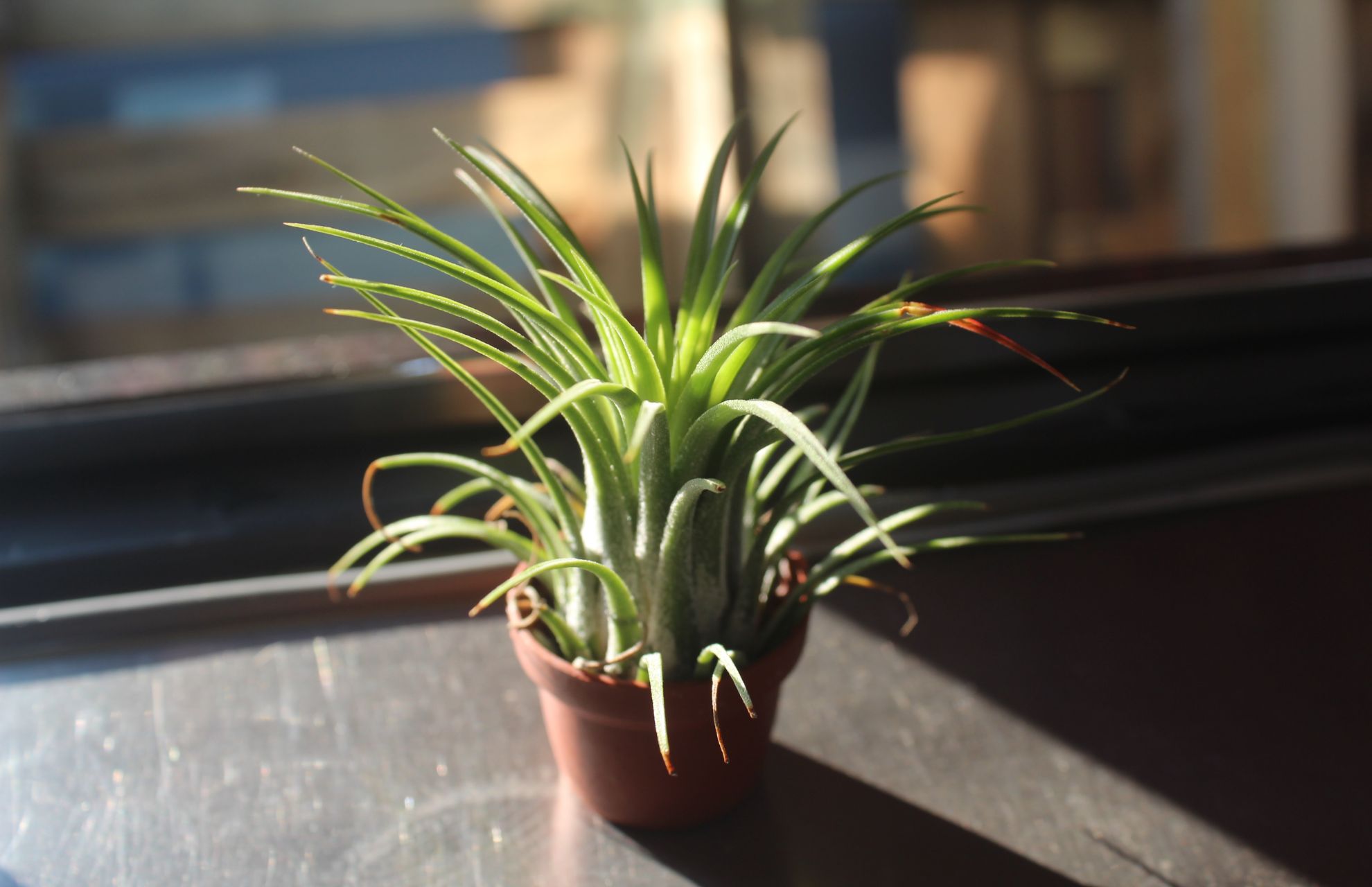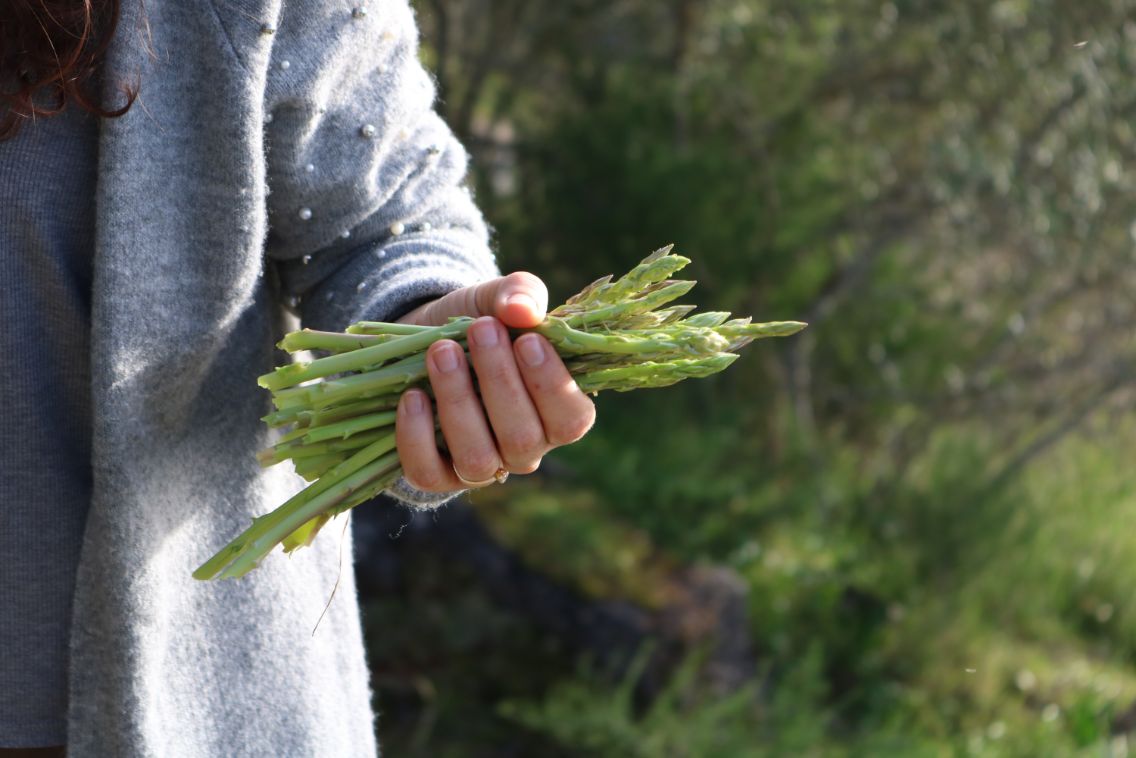Begonia Maculata, also known as the polka-dot begonia or spotted begonia, is a lovely and highly sought-after house plant. It’s a houseplant that, thankfully, isn’t too difficult to care for and is likely to draw attention to your home. Here is all the information you require regarding Begonia Maculata care if you’ve been considering adding this well-liked plant to your collection. Please keep reading.
Polka Dot Begonia
Because of its bamboo-like stems and long, wing-like leaves, the Polka Dot Begonia, a cane begonia, is also known as an “Angel Wing” begonia. In comparison to Rex and some of the other non-Cane begonias, it grows fairly easily.
When it’s in a warm, sunny area with average or higher humidity, it is fairly forgiving. A single stem of the Polka Dot plant bears clusters of white flowers with yellow centers in addition to its stunning foliage. Typically, the spring and summer seasons are when flowers bloom.
Where To Grow Begonia Maculata
Grow Begonia maculata in a location that is consistently warm and bright; ideally, it should be a few feet from east or west-facing window. Grow it in a naturally humid room, such as a bathroom or kitchen, or place it on a tray of moist pebbles because it thrives in a humid environment.
Do not directly mist the leaves. Additionally, stay away from growing near radiators or drafts.
You may be interested in Angel Wing Begonia Propagation Method
Temperature And Humidity For Begonia Maculata
High humidity and mild temperatures are required for this tropical plant. Ideal conditions fall between 65 and 85 degrees Fahrenheit. The leaves won’t dry out as much if the humidity is above 45%.
Use a humidifier or put the plant on a pebble tray with water if your house is particularly dry, especially in the winter.
Light Requirements For Begonia Maculata
Put a bright spot in your maculata that is shielded from direct sunlight: direct rays can fade the silvery spots or even burn the foliage. Southern exposure is ideal in the winter, while windows facing east or west are fine all year long as long as you keep them out of direct sunlight. The aim is for bright, filtered light.
The plant will tolerate low light if necessary, but it won’t thrive in extremely dark spaces. The polka dot begonia should be grown in shade in the South, but in colder climates, it can be grown in bright windows with some morning and afternoon shade.
The leaves of your maculata will tell you if it isn’t receiving enough light: first, they lose some color, then turn yellow, and finally start to shed. If they are too much, the leaves will exhibit scorched areas.
Water For Begonia Maculata
In order to properly water this begonia, you must have the right type of soil, which we will discuss in more detail shortly. But first, let’s go over the guidelines.
Maculatas like moist soil most of the time – never give them a drought – but they benefit from having the top half-inch of their soil dry out before rewatering. Never water these plants when the soil is wet because too much moisture can cause root rot.
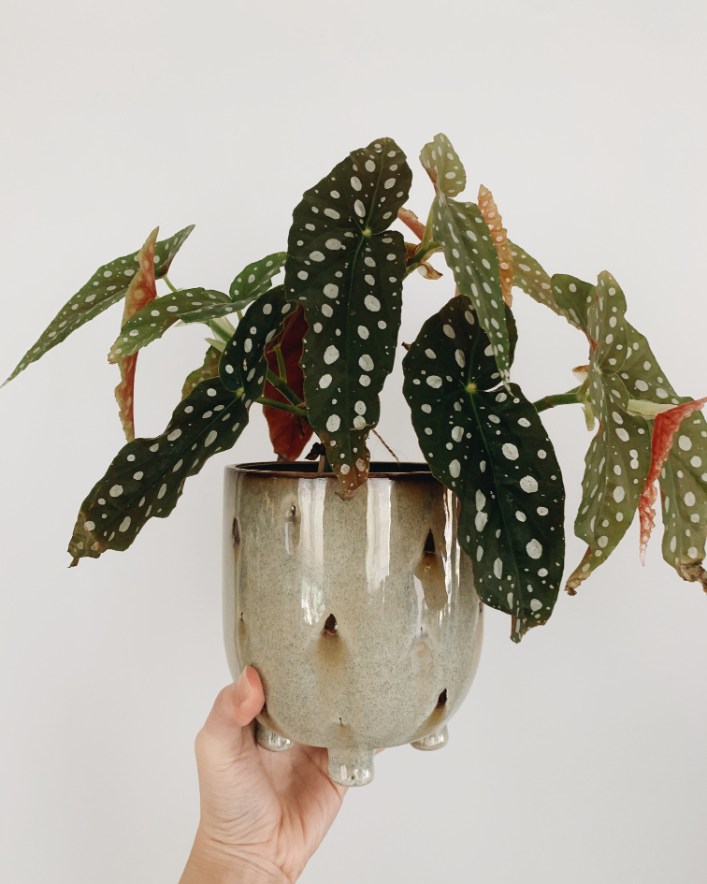
Additionally, fungus and bothersome pests like gnats are deterred by allowing the topsoil to dry out. Their leaves are large enough to avoid getting wet if you’re careful, but bottom watering is frequently advised because they don’t like having their leaves wet.
The idea is to monitor their soil and water deeply as soon as the top has sufficiently dried. They enjoy a brief respite in between waterings, but real stress is bad: they should never wilt.
Soil For Begonia Maculata
Like many other plants, Polka Dot begonia prefers moist soil that doesn’t get soggy. They thrive in simple commercial mixes, but to provide them with the best conditions, it’s a good idea to incorporate the following amendments:
• Perlite – Natural volcanic glass is what these tiny, fluffy, nearly Styrofoam-textured white balls look like. They do a great job of keeping the soil open and well-aerated, and they also aid in protecting the soil from sudden changes in temperature. NOTE: Vermiculite, which retains an excessive amount of moisture, should not be confused with perlite.
• Wood chips – To help with aeration, scatter some non-toxic wood chips: the angular chips create welcome space in the soil. The decomposition of the chips is unimportant because Maculatas are frequently repotted and refreshed.
• A small amount of compost or inorganic fertilizer is a positive addition. A half-handful of the pot is adequate; do not add as much as is suggested by the bag. The plant will already receive some light fertilization from you; this will only increase fertility.
To create a fluffy, springy mixture, start with a light commercial potting soil and gradually add small amounts of perlite and wood chips. To prepare for future seasons, think about blending extra. To keep it sterile and fresh, store it in an airtight container.
Fertilizer For Begonia Maculata
During the spring and summer, fertilize the Begonia Maculata every other time you water it with a basic houseplant fertilizer to get gorgeous foliage and flowers. It’s unnecessary to fertilize in the fall and winter.
Repotting And Planting Tips
Repotting should be done once a year. Maculatas enjoy being somewhat root-bound in small pots, but their tightly packed roots wear out the soil. Annual soil refreshment is beneficial to them even if you are not potting up.
Consider a heavy pot made of terracotta or stone because they can become top-heavy. Alternatively, put their lightweight pot inside a bigger one.
If you’re replanting in the same size pot, gently remove dirt from the rootball’s edges to make room for new soil.
Limiting the size of the pot: you don’t want them spending excess energy on their root system. It isn’t their defining characteristic.
Common Problems To Avoid
The Polka Dot Begonia encounters the same typical problems as the majority of indoor plants.
- Brown leaf tips/edges: Hancock claims that this can happen if the plant dries out excessively, the air is a little bit too dry, or it receives excessive fertilizer.
- Powdery mildew: If the begonia is kept in an area that is darker and cooler than it prefers, this could be a problem.
- Root rot: In case of excessive watering, Begonia Maculata will experience root rot.
- Draft-sensitivity: Begonia Maculata can suffer if exposed to air that is noticeably warmer or cooler than the surrounding environment because of its delicate leaves. Thus, keep it away from vents for heating and cooling. In colder climates during the winter, stay away from placing it close to exterior doors.
Is Begonia Maculata Toxic?
These angel wing begonias are considered toxic to dogs, cats, and horses by the ASPCA. Although its stems and leaves can irritate the mouth, the roots contain the majority of the toxin.
Conclusions
It’s simple to grow a new Begonia Maculata. Stem cuttings are submerged in water to help the plant grow. Cut a healthy stem at a 4-inch length. These plants gain from a small amount of support as they get taller.
You may be interested in How To Propagate Begonia From Cuttings?

